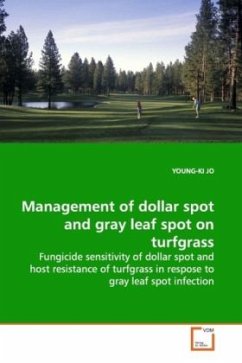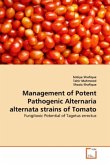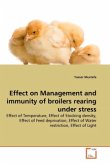Most turfgrass diseases are caused by fungi. This
research focused on assessing fungicide sensitivity
in dollar spot fungus (Sclerotinia homoeocarpa) and
the genetics of gray leaf spot resistance in
turfgrass. Dollar spot is the most common and
chronic disease on cool-season turfgrass species.
The heavy use of fungicide is required for
intensively-managed turfgrass. In the survey of golf
courses in Ohio, reduced fungicide sensitivity to
systemic fungicides labeled for turfgrass was
detected throughout the state. Gray leaf spot caused
by the fungus, Magnaporthe grisea, is a chronic
disease on St. Augustinegrass in the Southern US.
This fungus also causes blast disease on rice.
Reverse Northern and web-based virtual northern
approaches were used to determine the expression of
defense-related genes in rice and St.
Augustinegrass. These analyses identified 30 genes
that either induced or suppressed in both plants
following M. grisea infection.
research focused on assessing fungicide sensitivity
in dollar spot fungus (Sclerotinia homoeocarpa) and
the genetics of gray leaf spot resistance in
turfgrass. Dollar spot is the most common and
chronic disease on cool-season turfgrass species.
The heavy use of fungicide is required for
intensively-managed turfgrass. In the survey of golf
courses in Ohio, reduced fungicide sensitivity to
systemic fungicides labeled for turfgrass was
detected throughout the state. Gray leaf spot caused
by the fungus, Magnaporthe grisea, is a chronic
disease on St. Augustinegrass in the Southern US.
This fungus also causes blast disease on rice.
Reverse Northern and web-based virtual northern
approaches were used to determine the expression of
defense-related genes in rice and St.
Augustinegrass. These analyses identified 30 genes
that either induced or suppressed in both plants
following M. grisea infection.








